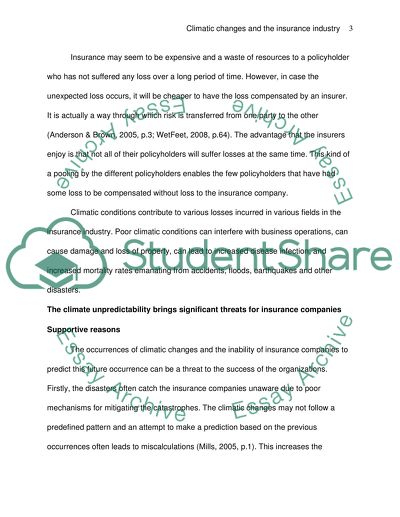Cite this document
(“The unpredictability of future climate brings significant threats for Essay”, n.d.)
Retrieved from https://studentshare.org/environmental-studies/1414077-ypthe-unpredictability-of-future-climate-brings
Retrieved from https://studentshare.org/environmental-studies/1414077-ypthe-unpredictability-of-future-climate-brings
(The Unpredictability of Future Climate Brings Significant Threats for Essay)
https://studentshare.org/environmental-studies/1414077-ypthe-unpredictability-of-future-climate-brings.
https://studentshare.org/environmental-studies/1414077-ypthe-unpredictability-of-future-climate-brings.
“The Unpredictability of Future Climate Brings Significant Threats for Essay”, n.d. https://studentshare.org/environmental-studies/1414077-ypthe-unpredictability-of-future-climate-brings.


